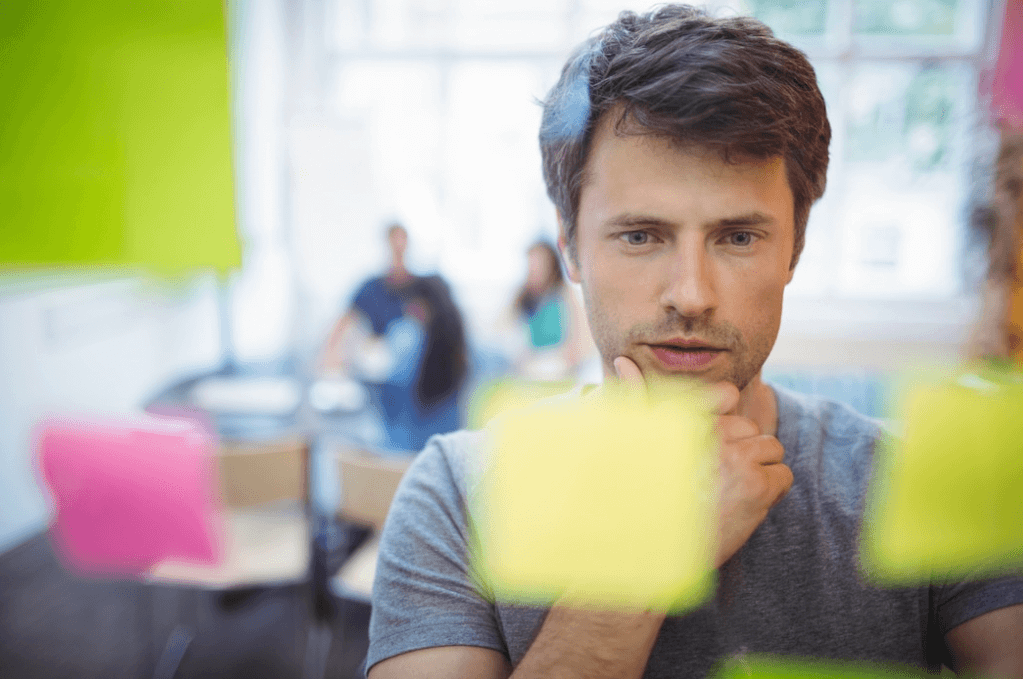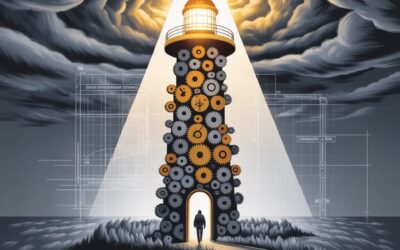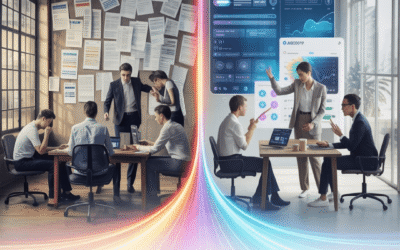Change saturation is a common term used by change practitioners to describe a picture where there may be too many changes being implemented at the same time. The analogy is that of a cup with limited capacity, where if too much change is poured into a fixed volume, the rest will not stay in the cup or be ‘embedded’ as adopted changes.
At the end of 2020, Pivot Consulting conducted extensive research where they asked a range of different roles in organisations about implementing change. When questioned about key challenges to executing strategy and driving change, change fatigue or employees being overwhelmed by multiple initiatives is identified as one of the top 2 most critical challenges. It can be seen that change saturation is not just a popular discussion topic but a serious focus area that is posing significant challenges to a range of organisations.

There are many common ways of understanding and approaching change saturation. However, many of these are not always correct with some being quite misleading. In this article, we aim to review the 5 key incorrect assumptions about change saturation that are downright misleading and should be directly challenged. These may be assumptions that are widely held and assumed to be ‘facts’ and are not questioned.
Incorrect assumptions:
In the following, we outline the key assumptions that should be challenged when approaching change saturation.
1. Change is disruption
The first assumption is that change is always ‘disruption’. Change can be dynamic. There is also a range of different types of changes. Therefore, change does not always need to be negative and cause chaos or impede normal ways of working.
Take, for example, agile teams. A part of the work of an agile team is to drive continuous improvement. The team establishes regular routines to try something new, i.e. a change. They then execute it and examine the data to see the effect of the change on business. For these teams, ‘planned’ changes are just part of normal ways of working, and therefore not necessarily viewed as ‘disruptions’ to their work since this is part of their work.
On the other hand, change is also not always ‘negative’. Some changes may be there to make it easier for the employee or the customer. For example, it may be that the organisation is implementing system-driven automation to save employees time in entering manual information. These changes are typically welcomed by the impacted employees and are not perceived as ‘disruptions’ to their work. Instead, they are typically perceived as positive changes.
As a result, change needs to be understood by its specific impact on the various stakeholders, and not by its ‘disruption’. A more useful way to understand the impact of the changes on end stakeholders may be to understand the various activities required for them to undergo the change and shift their behaviours.
For example, it could be that a customer service rep may need to undergo training sessions, team briefing sessions, review documentation, and receive team leader feedback, in the overall change journey. These activities may be ‘on top’ of existing normal business routines, or they may be a part of existing business routines, and therefore not ‘adding’ to the ‘saturation level’.
2. Change capacity is determined by capability
It is a commonly held belief that change capacity is determined by change capability at individual, team and organisational levels. Yes, factors such as change leadership, individual change capability and skills can improve change capacity. However, change capacity is not only determined by capability.
Indeed, there are other factors that determine change capacity.

a. Biological.
Humans are designed to have a limited attention span. When there are too many things happening at the same time, we can only focus on a limited number of things at the same time. There are many studies that show if we keep switching focus between different tasks, we are likely to not have full focus and attention which will leave us to making mistakes.
This also applies to learning. The more we focus on multiple tasks, the more we are not able to tune out and therefore engage in deeper processing and learning.
What about thinking about multiple initiatives? According to University of Oregon researchers, professors Edward Awh and Edward Vogel, the human brain has a built-in limit on the number of discrete thoughts it can entertain at one time. The limit for most individuals is four. It does not matter how much capability development one focuses on, there is a limit to how much capacity can be created. Therefore, there is a cap on to what extent capability may lift change capacity. After all, no matter how skillful someone is, biological tendencies and restrictions remain.
b. Expectation.
The level of expectation of the extent to which one can change can determine the outcome. Studies have shown the individual negativity or positivity can impact the outcome. The more negative an individual of the outcome, the more negative the outcome becomes. However, if the expectations are unrealistically high, they may lead to disappointment.
Think back to the impacts of Covid, and how what would have seemed almost impossible in terms of virtual working has suddenly become a reality overnight. Often what companies had imagined taking 10 years to achieve, is suddenly achieved overnight out of necessity. The expectation that there is no other way and that there is no choice leads to the acceptance of the change scenario.
3. Basing saturation points purely on opinions
As change practitioners, we often aim to be the ‘people’ representative. Many think of themselves as the ‘social worker’ or ‘welfare worker’ who are there to be the voice of employees. Whilst, it is true that we need to be the voice of people, the definition of ‘people’ should not just include employees, but a range of stakeholders including managers.
Especially when the change environment is complex and challenging, there may be a tendency for people to ‘over-inflate’ the reality of the situation. Sometimes it may be easier to call out that there is too much change in the hope that this feedback will result in less change volume, thereby making work ‘easier’.
Change practitioners need to be aware of political biases or tendencies for people to report on feedback that is not substantiated by data. Interviews with stakeholders may need to be supplemented by surveys or focus groups to test the validity of the results. We should not simply assume that anything stakeholders tell us are ‘truths’ per se, especially since there is political motivation in biased reporting.

4. Focus on capability vs systems and processes to manage saturation
An overt focus on capability, knowledge and skills, may lead to gaps in the overall ability to manage change saturation. This is because skills and competencies are just one of many elements that supports change execution. Beyond this, effective organisations also need to focus on having the right systems and processes established to support ongoing change execution.
Systems and processes include such as:
- Learning operations processes whereby there is a clear set of steps for the business to communicate, undertake, and embed training/learning activities. These include the right channel to organise people capacity to attend sessions, communication channels regarding the nature of scheduled training sessions and monitoring the effectiveness of these sessions
- Communication processes include having a range of effective channels that promote dynamic communication between employees and managers, as well as across different business units and teams.
- Data and reporting mechanisms to visualise change impacts, measurement on change saturation levels, and report on change delivery tracking and change adoption progress
- Governance established to examine change indicators including change saturation, risks identified, and make critical decisions on sequencing, prioritisation, and capacity mitigation
Skills and competencies are one element, but without processes and systems established to execute the change and track/report on change saturation, there will be limited business outcomes achieved.
Outlined in this article are just 5 of the common assumptions about change saturation that are misleading. There are many more other assumptions. The key for change practitioners is not to blindly rely on ‘methodologies’ or concepts, but instead to focus on data and facts to make decisions. Managing change saturation needs to be data-driven. Otherwise, stakeholders may easily dismiss any change saturation claims (as is often the case with senior managers). Armed with the right data and insights, the change practitioner has the power to influence a range of change decisions to achieve an optimal outcome for the organisation.






